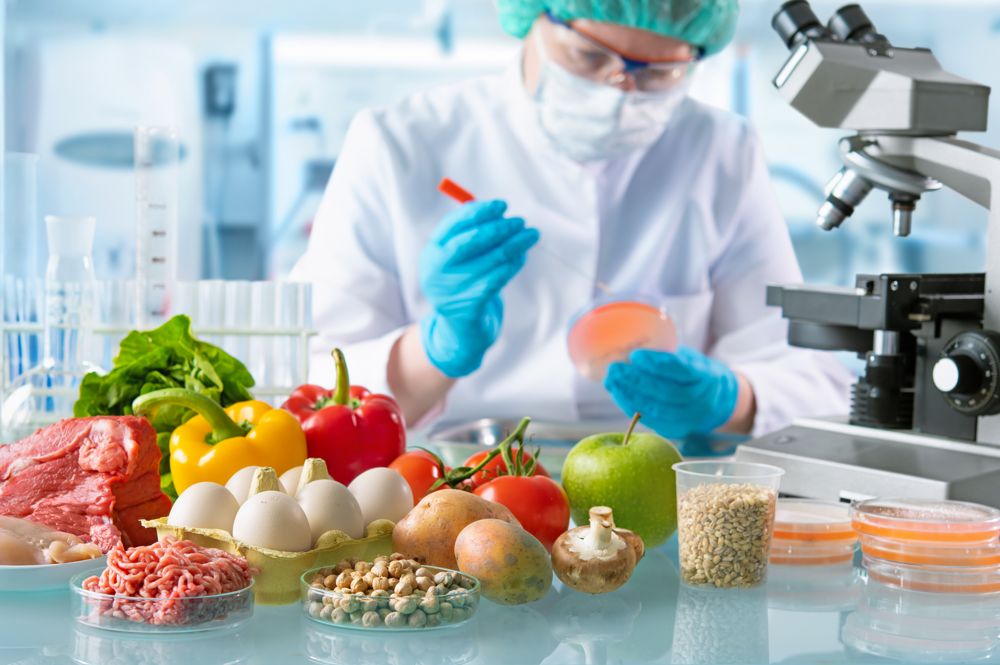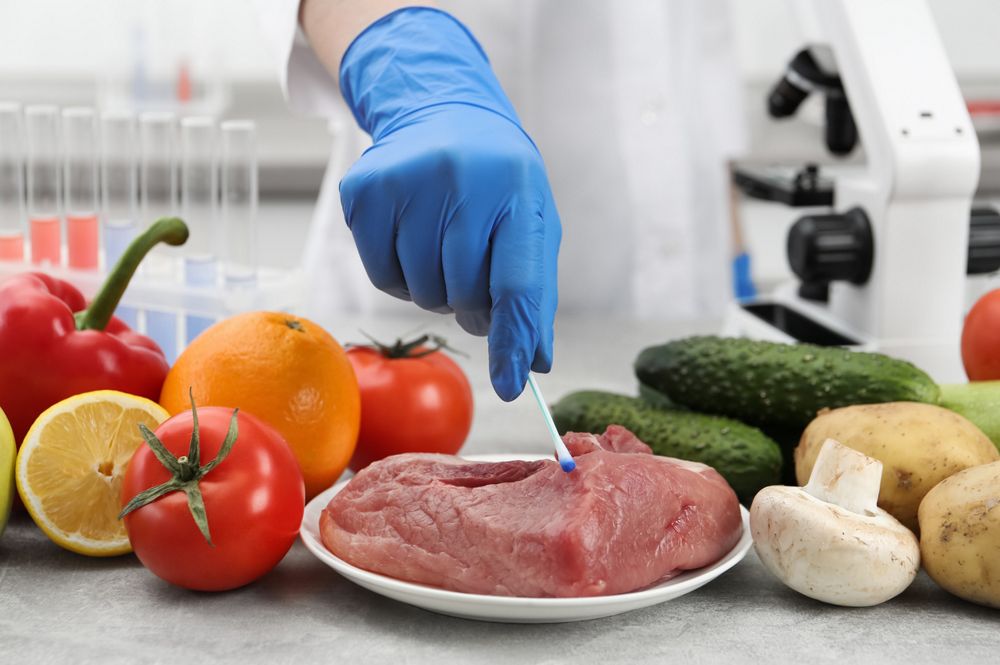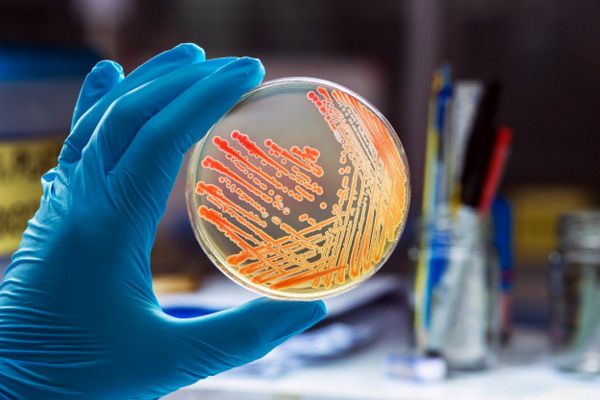Food Safety and Nutritional Testing Solutions

Food Safety Testing
Chemical contaminants may occur in our food from various sources. They typically pose a health concern and food regulatory authorities across the globe have imposed stricter laws to ensure safety and quality. Therefore, analysis of relevant chemical contaminants is an essential part of food safety testing programs to ensure consumer safety and compliance with regulatory limits.
Nutritional Testing
Nutritional analysis is key for complying with labeling regulations and specifications. Understanding nutritional content is also part of new product development and quality control. The accurate nutritional analysis will ensure that food manufacturers can meet all regulatory requirements concerning nutritional declarations and avoid costly delays in getting the products to market.
Key Analysis

Food Authenticity
Authenticity testing is utilized to prove the content of food products is authentic and the way they are presented is correct and accurate

Antibiotic Residues
The use of antibiotics in food animals leaves residues in animal products such as meat and milk. Thus, it may pose an unacceptable risk to public health and are therefore prohibited in food animals

Pesticides
Residues are intrinsically toxic and deliberately spread in the environment. The production, distribution, and use of pesticides require strict regulation and control

Heavy Metals
Heavy metals naturally exist in the environment. This in turn leads to the presence of heavy metals in our food, especially seafood. Long-term intake of such heavy metals may lead to health problems

Proximates
The standardized nutritional labels must contain and present content information of protein, fat, moisture, ash, and carbohydrates, where the constituents themselves are known as “proximates”

Sugars & Carbohydrates
The growing awareness of consumers along with the evolving of nutrition labeling requirements have made sugar and carbohydrates analysis a need in the Food and Beverage industry

Fatty Acids, Vitamins, Minerals & Amino Acids
Nutritional products are more widely available than ever before, and nutritional testing can help manufacturers ensure that their products contain the right amount of essential nutrients
Subscribe now
Stay updated with the latest news and offers




